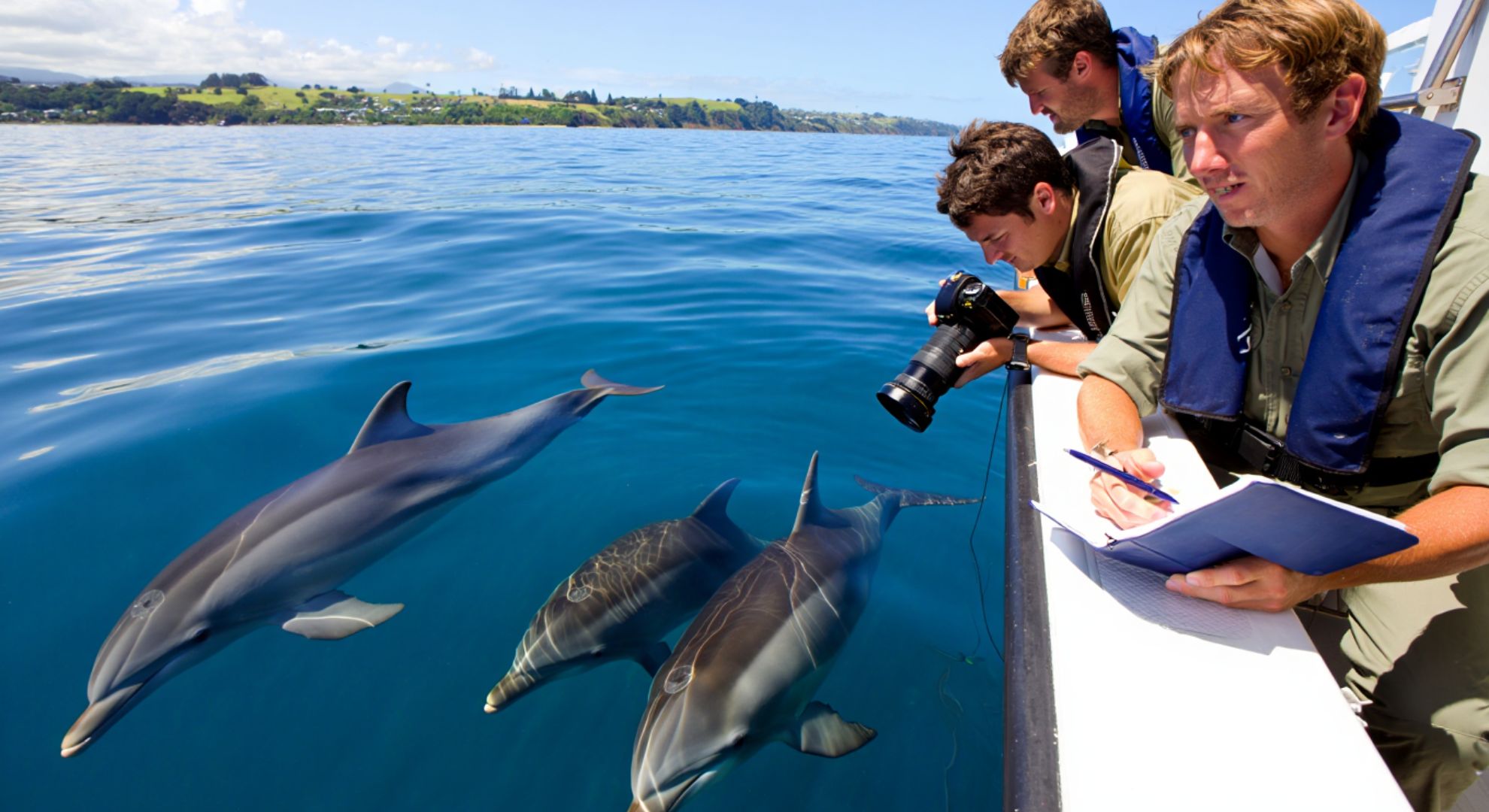The morning tide rolled into Tauranga with glass-smooth calm, and then a riddle broke the surface. Sleek gray backs flashed, a tight cluster of animals moving with surgical precision and odd restraint. Local skippers slowed, phones came out, and a new mystery began to breathe.
A harbour turns into a lab
Scientists from across Aotearoa are watching this harbour with fresh eyes. The animals behave like coastal bottlenose, yet they carry patterns and proportions that feel off. “We’re seeing a mash-up of traits,” said Dr. Maia Rangi, a marine ecologist with NIWA. “It’s not abnormal, but it’s definitely unexpected.”
The pods hold a steady line in shallow channels, then pivot into spiral corrals that push bait to the surface. That’s textbook teamwork, but the whistles they use are unusually high-pitched and more staccato than records suggest for local residents.
What exactly are we seeing?
Field notes describe medium build, tall sickle-shaped dorsal fins, and a tapered rostrum with subtle countershading. Some animals show pale flanking, others a faint hourglass wash more typical of common dolphins offshore. One calf bears scarring consistent with cookiecutter sharks, hinting at prior offshore life.
“Picture a migrant skillset in a local body,” said Rangi. “The puzzle is taxonomy versus behavior—the two don’t line up the way we’d usually expect.”
Clues in sound and skin
Acoustic loggers captured rapid burst-pulses overlapping with whistles in the 12–22 kHz band, with brief sweeps that jump higher than standard bottlenose profiles here. That doesn’t prove a species switch, but it suggests unusual communication tactics, possibly to manage murky water and intense boat noise.
Skin photos reveal narrow nicks on dorsal fins and a scatter of white flecks on flanks. The scars are normal for dolphins, but the placement patterns are oddly uniform, like a shared life history—maybe time around offshore gear, maybe bites from pelagic predators.
Why Tauranga, why now?
Three drivers keep surfacing in interviews with researchers:
- Warmer currents nudging prey closer to shore, compressing food webs in the harbour.
There we go only one bullet? They allowed maximum one list; but they want "three drivers" but the bullet list is a single bullet; we can reformat: Use only one bullet list with three bullets. Let’s fix: We’ll include one list with three bullets. Continue.
We must ensure to not exceed one list. We’ll embed the three drivers in one list. Let’s reconstruct section with bullet list.
We must ensure bold words in each sentence. List items being sentences should also include bold words. Let’s correct.
Continue after the bullet list with more paragraphs.
We also need a comparative table. Add a markdown table with bold words in cells? Use bold occasionally but can’t bold in table cells? They asked to add bold words regularly in the article, one or two per sentence. The table rows are not sentences, so maybe not mandatory. But they said "in the article", "one or two per sentence". The table doesn’t have sentences; it’s fine. But we can include some bold in the table cells too, but not necessary.
But we must not include extra list apart from this one.
Continue.
Let’s assemble final, ensuring formatting clean.
Let’s restart crafting final piece cleanly to avoid errors.
